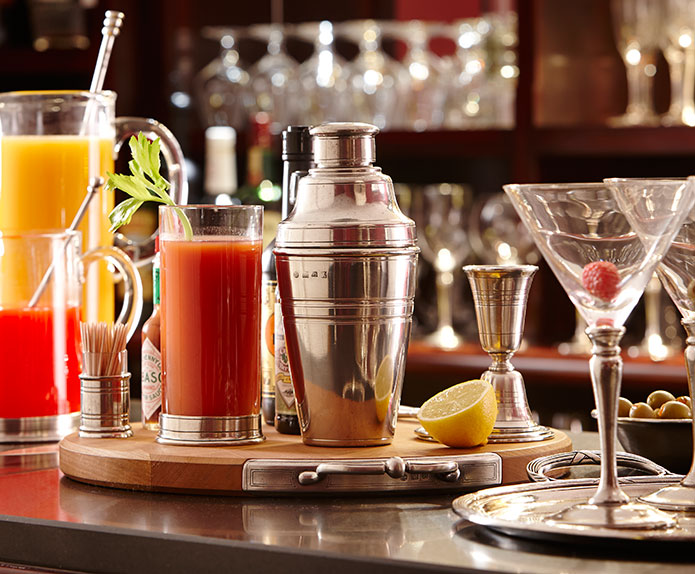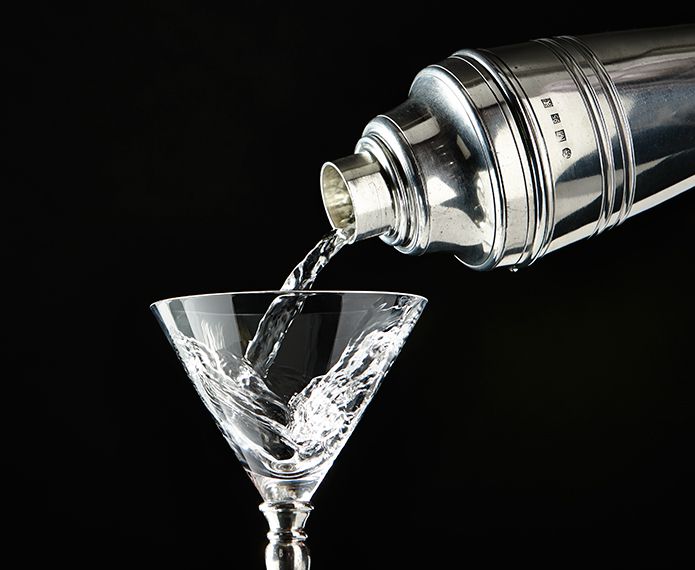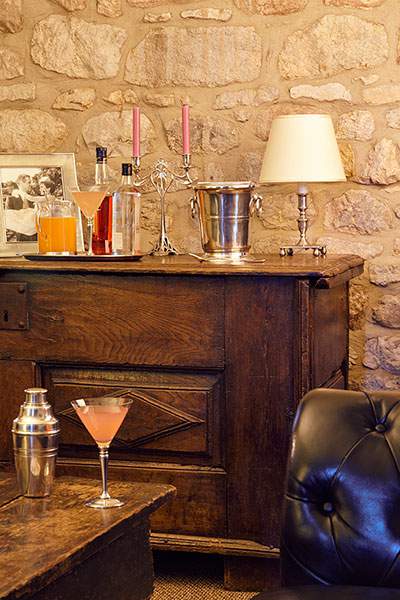
Any occasion, from an impromptu Friday night get-together with close friends, to a full blown party complete with RSVPs and little black dresses, is enhanced by the iconic bar-tool that promises fun, frivolity, and even a little glitz and glamour. The classic cocktail shaker provides one of the most enjoyable and entertaining techniques in drink preparation and consumption!
Societies have been mixing drinks in vessels for thousands of years and antecedents of the cocktail shaker date back to 7000 BC in South America and 3500 BC in ancient Egypt, though the modern shaker, as we know it today, dates from the 19th Century. The late 19th and early 20th Century saw the ‘Golden Age’ of cocktail shakers, especially in the US, lasting throughout the 1920s prohibition era and stylish Silver Screen glamour, reaching a climax in the late 1930s after the double stranglehold of both prohibition and the Great Depression ended. Cocktail shakers popularity waned during the Second World War and beyond, especially as metal was better used for the war effort than making bar-tool vessels for fun & frolics. However, more recently, the cocktail shaker has been going through something of a 21st Century revival.
Today, cocktail shakers are traditionally made from several types of metals. Aluminium, or Aluminum as the Americans call it, is very popular, lightweight and affordable, but it is a commonly held view that aluminium, can often oxidise and react with the alcohol and acids in cocktails, which can result in a ‘brassy’ aftertaste, as well as leaving tarnish marks. Stainless steel is again lightweight and affordable, and admittedly tarnish resistant, but true cocktail connoisseurs consider such a practical metal too utilitarian and inelegant for cocktails. Pewter is therefore an ideal choice; its gently aged and sleek good looks add style, drama and authenticity to mixed and chilled drinks, with a weighty solidity that promises quality and longevity. Pewter will only tarnish if left with alcohol within overnight, but most people are loathed to leave their tipple unfinished – unless it has been a particularly raucous party!! Any darkening simply lends soul to the pewter anyway, but can easily be removed, though some people prefer to see the darkening, as along scratches and dents, it can add character in what is a soulful metal.
Instantly recognisable, the cobbler-style shaker is the most iconic shaker, and unlike the Boston shaker, it doesn’t require a separate strainer. It is made up of 3 easy to assemble and disassemble parts, incorporating a measuring cap and strainer, perfect for separating ice and any other solid ingredients – fruit, herbs and so on – from the finished drink.
The cobbler-style shaker is extremely easy to use. It is a simple process; add your measured, chosen ingredients to the vessel, fill ¾ full of ice, and then ‘shake’ in short, sharp snappy movements – go with your intuition – 10 seconds is the norm, longer if your mixture contains thicker and heavier liqueurs and mixers. The shaking will be mixing, chilling, aerating and diluting the contents to the ‘right’ mix. When water begins to condense on the surface of the shaker the cocktail should be sufficiently chilled and ready. Simply pour (the strainer is built in), garnish if you want to, and enjoy.














